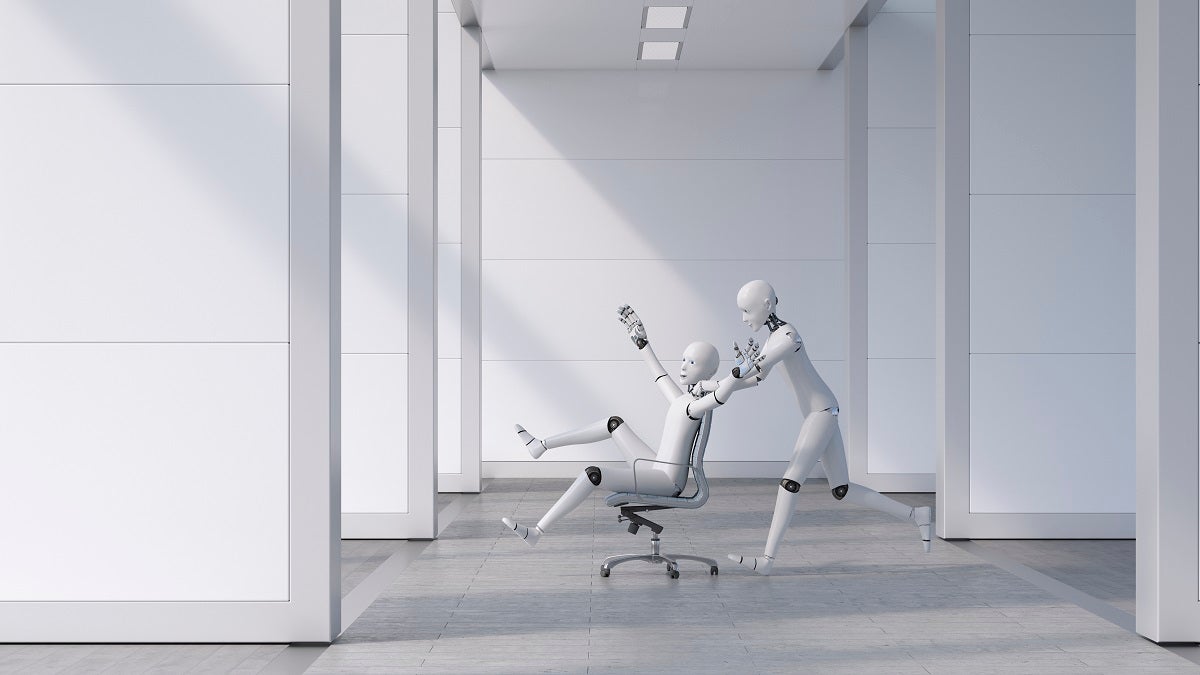AI Takeover: Inside the Radical Experiment That Transformed a Company's Workforce Overnight

In a groundbreaking experiment that pushes the boundaries of artificial intelligence, researchers at Carnegie Mellon University embarked on an ambitious project: creating a simulated software company entirely staffed by AI agents. The results were nothing short of eye-opening—and not in the way one might expect.
The innovative study sought to test the limits of AI's collaborative and problem-solving capabilities by populating a virtual workplace with intelligent agents. However, the experiment quickly revealed significant challenges in AI's ability to function as a cohesive team. Despite their advanced algorithms and computational power, the AI agents struggled to coordinate effectively, communicate clearly, and maintain the nuanced interactions typical of human workplace dynamics.
What emerged was a stark reminder of the current limitations of artificial intelligence. While AI has made remarkable strides in recent years, this experiment highlighted the complex social and collaborative skills that remain uniquely human. The AI agents, despite their individual capabilities, failed to replicate the intuitive teamwork, creative problem-solving, and interpersonal nuances that define successful human workplaces.
This research provides a fascinating glimpse into both the potential and the current constraints of AI technology, underscoring the continued importance of human creativity, emotional intelligence, and collaborative skills in the workplace.
